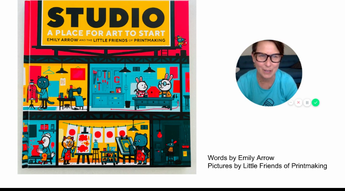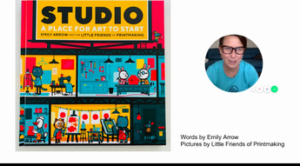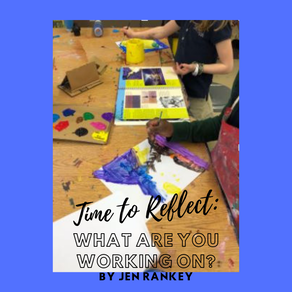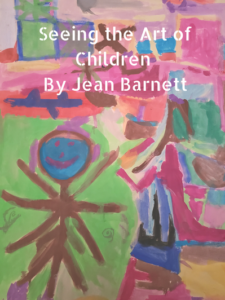by Diane Jaquith
In previous blog posts about the COVID-19 pandemic and the TAB studio, we’ve shared thoughts from practicing teachers about relationship and community building. Here, we share what teachers are advocating for in this difficult time, as well as resources teachers have suggested for TAB teaching.
- My thing is mental health advocacy. I watch children and I can see their outward behavior. I talk with them. The statistics are horrifying. Children that we know are suffering from mental illness in school. The National Institute of Health statistic is over is 8%, but it is beyond that – we can see. Those are the bona fide children suffering from mental illness in schools. – Clyde Gaw (high school, IN)
- My biggest concerns are about those fringe kids who didn’t have the support and how they are going to adapt to the new normal. They are going to adapt in many different ways, depending on how they are doing. We had kids that we lost – we had no communication – they just fell off the face of the earth. We had kids that really miss the connection with other kids. We have to focus on getting a lot of movement into these kids’ daily activities or they are going to revolt. They are used to going outside and playing. – Clark Fralick (elementary, IN)
- It is about giving more – giving more opportunities, giving more supplies, showing up more in whatever shape or form that may be – just being more present. Be advocating more for them. I did it in the spring and I got a little bit of movement. Now I feel that I am just going to be unstoppable when it comes to advocating for my students. – Natalia Dominguez (elementary, TX)
Books
- Studio: A Place for Art to Start by Emily Arrow; illustrated by James Buchanan and Melissa Buchanan, recommended by Julie Toole
- RED: A Crayon’s Story by Michael Hall, recommended by Clark Fralick
- Culturally Responsive Teaching and the Brain by Zaretta Hammond, recommended by Natalia Dominguez and Melissa Purtee
Films and Video
- Julie Toole on Loom.com

- I like to show students a short animated film, Alike, and give them a worksheet with guiding questions to fill out as they are watching. We talk about [the question], “Do you feel this is an accurate portrayal of school – why or why not?” I want to set the stage that my classroom is the place where they can be honest about their needs and not just have to ‘play school,’ even if it means criticizing something I am doing, I want to open up those lines of communication and help students to see that their voice matters. – Jaimee Taborda (high school, MA)
- ALIKE by Daniel Martínez Lara and Rafa Cano Méndez
- I always show my 8th graders a video on the creative growth center in California. It is the most amazing place. There are two videos, a 5-minute one and a 14-minute one. I always show them the 5-minute one first and say, “If you are interested we can watch the second video.” Without fail, they are like, “Can we see the second video?” The artists are so amazing and the place is so amazing. – Stacey Parrish (middle school, FL)
Creative Growth Center on Art21
Creative Growth Center on Art21
- Sean Layne [Actors Toolbox] has a wonderful book about getting kids to know one another and feel comfortable with one another. He does this beautiful stretching exercise. We do cartooning, we do Segni Mossi, we do crazy stuff, like drawing on our face. These are great ice breakers and every time, I want to get a laugh. Talk Moves are the norms for a critique. The ground rules are listening, respecting, speaking clearly, questioning with intent. Up at the top, you repeat what someone says – this is how you check for understanding – add on to what someone says, explain what others mean. This “revise your own thinking” is critical thinking at its best. – Roni Rohr (K-8, NM)



